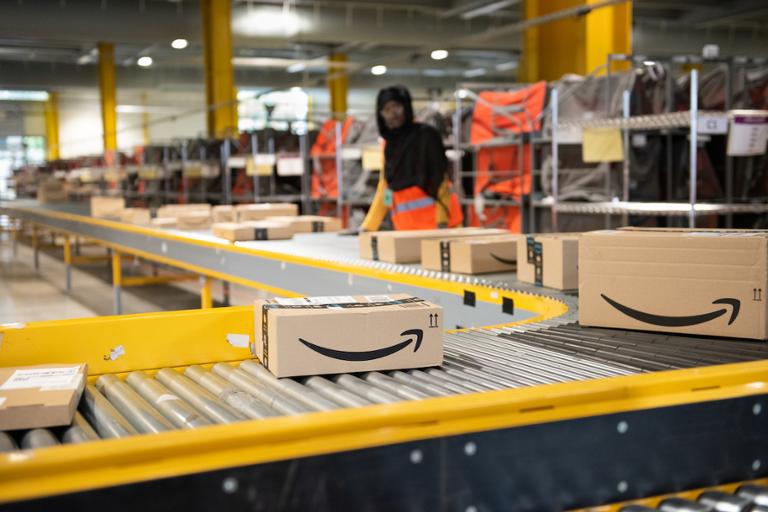
Amazon is introducing a little flexibility into its work-from-home policies, in a departure from its previous “office-centric” stance.
In an open letter to employees, new Amazon CEO Andy Jassy suggested the company has entered a “stage of experimenting, learning, and adjusting for a while as we emerge from this pandemic.” Under the old plan, Amazon’s office employees would return to the office three days per week, working from home the other two; now, “individual teams” can make decisions about employees’ remote work schedules.
“We expect that there will be teams that continue working mostly remotely, others that will work some combination of remotely and in the office, and still others that will decide customers are best served having the team work mostly in the office,” Jassy continued. “We’re intentionally not prescribing how many days or which days—this is for Directors to determine with their senior leaders and teams.” For those who opt for a more remote schedule, Amazon expects they’ll remain geographically close enough to their core team to attend meetings within a day’s notice.
Not all employees will have this flexibility, of course, including those who work in Amazon’s extensive warehouse and transport divisions, physical stores, and datacenters.
Jassy’s decision reflects the continuing uncertainties of the COVID-19 pandemic and the fast-spreading Delta variant. In August, Amazon pushed back its office reopening date from September 2021 to January 2022. Throughout the pandemic, Amazon executives emphasized how the ultimate goal was a return to an “office-centric culture” as a “baseline,” and it remains to be seen how many of the company’s teams actually allow corporate employees to work remotely on a full-time basis. For the time being, though, it seems that Amazon has become more flexible in its approach to full-time remote work.
Given how much Amazon has spent on office space in recent years, perhaps it’s no surprise that executives have wanted many employees to return. In New York City, Amazon acquired a massive Midtown building once occupied by Lord & Taylor, along with more than 335,000 square feet of office space in the ultra-new Hudson Yards complex. In Virginia, Amazon’s “HQ2” headquarters will also host many thousands of employees in a sleekly designed space. And in Seattle, the return of Amazon workers to the company’s headquarters complex could provide a much-needed revenue boost to local businesses.
Expensive office space aside, as Amazon competes on a number of fronts against tech giants such as Apple and Microsoft, flexibility around remote and hybrid work could give it something of an advantage when it comes to attracting and retaining talent. It’s clear from numerous surveys that technologists prefer either remote or hybrid options when it comes to the office, and they’ll opt for employers that offer that sort of flexibility.


